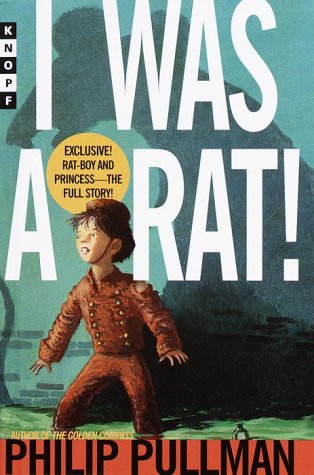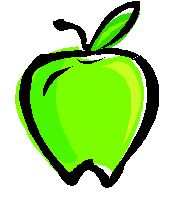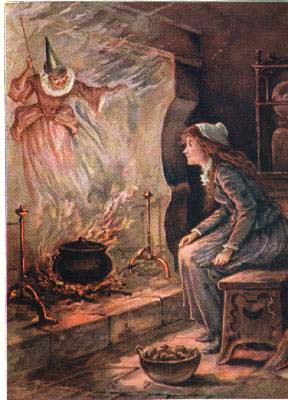|
Rebecca Caudill Young Readers Book Award Nominees 2003 |
Connections | |||||||||||||||||||||||||||||||||||||||||||
|
Two kind old people, Joan and Bob, have always wanted a child, but it just has never happened. One evening, the couple is sitting peacefully in their home at the end of a long day when a knock is heard at the door. They answer and a young boy is standing before them...a very strange young boy. Is this an answer to their dreams, or the beginning of a nightmare? WORDS FOR THE WISE The central concept in this book is about lies and deceit. Here are a few words with different twists of meaning on lying and deceitfulness. Can you find examples for them in the story?
Try to organize this list of words from the book into three categories. Some words have more than one meaning. Use the text in the story to help you figure out meanings. Keep a dictionary, thesaurus, or computer nearby. Know:: I know what it means Seen: I've seen this word before, but am not sure of its meaning. New:: I've never seen this word before.
Other Rat Stories Mrs. Frisby and The Rats of NIMH by Robert C. O'Brien. Having no one to help her with her problems, a widowed mouse visits the rats whose former imprisonment in a laboratory made them wise and long lived. A Rat's Tale by Tor Seidler. Montague, an artistic young rat living beneath the streets of New York City, is convinced he can do nothing to save his friends from extermination until he achieves a better understanding of both himself and his ne'er-do-well uncle. The Christmas Rat by Avi. Alone in his apartment during Christmas vacation, eleven-year-old Eric finds himself caught in a battle between a strange exterminator and the rat he wants to kill. The Battle for the Castle by Elizabeth Winthrop. Twelve-year-old William uses the magic token to return to the medieval land of Sir Simon, where a skeleton ship bears a plague of ravenous rats.
This story mixes fairy tale motifs, plots and characters from classic fiction, news events of our time, and the author's own twist on just about everything to create a satire that is both satisfying as a story and filled with biting social commentary. The news media, the life of a real princess, the government, politicians, philosophers, psychiatrists, bureaucrats, language theory, and people's lack of common sense are the main targets. A great read-aloud with the added bonus of an impetus for a discussion about falsehood, lies, and deception. Satire is not generally children's fare but in this case, they will probably understand everything but the language theory satire and will welcome the discussion. SATIRE: A literary work in which human vice or folly is attacked through irony, derision, or wit. LITERARY ALLUSION: an indirect reference to a piece of literature DECEPTION: a falsehood or concealment Student
Reviews Would you like to review this book? Click here
|
Fairy Tale Motifs and Literary Allusions We know many fairy tales so well that we can recognize them by mention of tiny snippets of their plots, characters, objects, etc. These snippets are known as a motifs. Can you match these motifs with one of their stories?
An allusion is an indirect reference to another piece of literature. An indirect reference is one that does not explain itself. You, as the reader, have to be aware of the other story or you will miss the reference. Besides the allusions to fairy tales, this story also contains allusions to other stories. Here are a few. Think of more?
The Wreckers was also Nominated for the young reader's choice award in British Columbia Philip Pullman lives in England. Book Report Ideas 1. Make a chart showing the many different ways people deceive each other in this story. Consider why the author has done this. 2. Create a special edition of your own newspaper to evaluate the Daily Scourge. Was the newspaper always truthful? Did it every change positions? Did it report the news or did it try to sway people's opinions? Compare this to a newspaper, a fan magazine, or a TV program of today. Tell it like it is. 3. What real princess could you compare to Princess Aurelia? How were they alike and/or different? How do you think the author wanted you to feel about the real princess? Use a Venn diagram to compare the two princesses. 4. Reread The Emperor's New Clothes by Hans Christian Andersen. How is this story like The Emporer's New Clothes? Write a letter to a friend telling him or her about your findings. 5. Someone may be ready to read Oliver Twist and note Mr. Pullman's literary bow to this book. 6. Make a list of all of the words from the story that anyone in the class has only seen or does not know. It should be a hearty list. Why did the author use so many big words to tell his story? Compare the story to a folktale: what is vocabulary like in a folktale? | |||||||||||||||||||||||||||||||||||||||||||

 For the Teacher
For the Teacher

